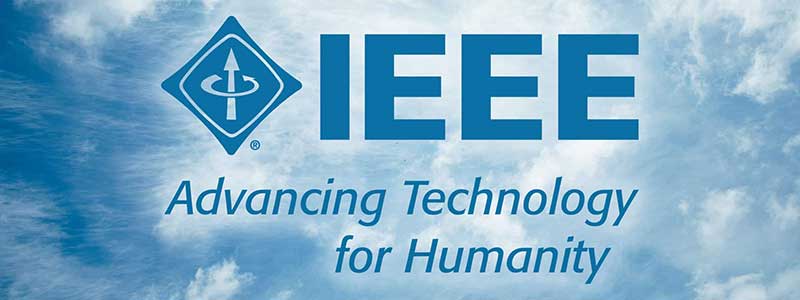For more than 135 years, the famous professional organization The Institute of Electrical and Electronics Engineers (IEEE) has been committed to advancing technology and innovation. With a global community of over 400,000 members across more than 160 countries, the IEEE is a hub for cutting-edge research, educational resources, and networking opportunities.
Whether you’re an engineer, scientist, or technology enthusiast, the IEEE offers a wealth of resources and information that can help you stay ahead of the curve in your field. From top-tier journals and conferences to online courses and standards development, the IEEE is a one-stop-shop for all your technological needs.
In this article, we’ll explore the history and mission of the IEEE, the benefits of membership, and some of the key initiatives and projects the organization is working on. Whether you’re a long-time IEEE member or just getting started, there’s always something new to discover and learn from this innovative organization.

